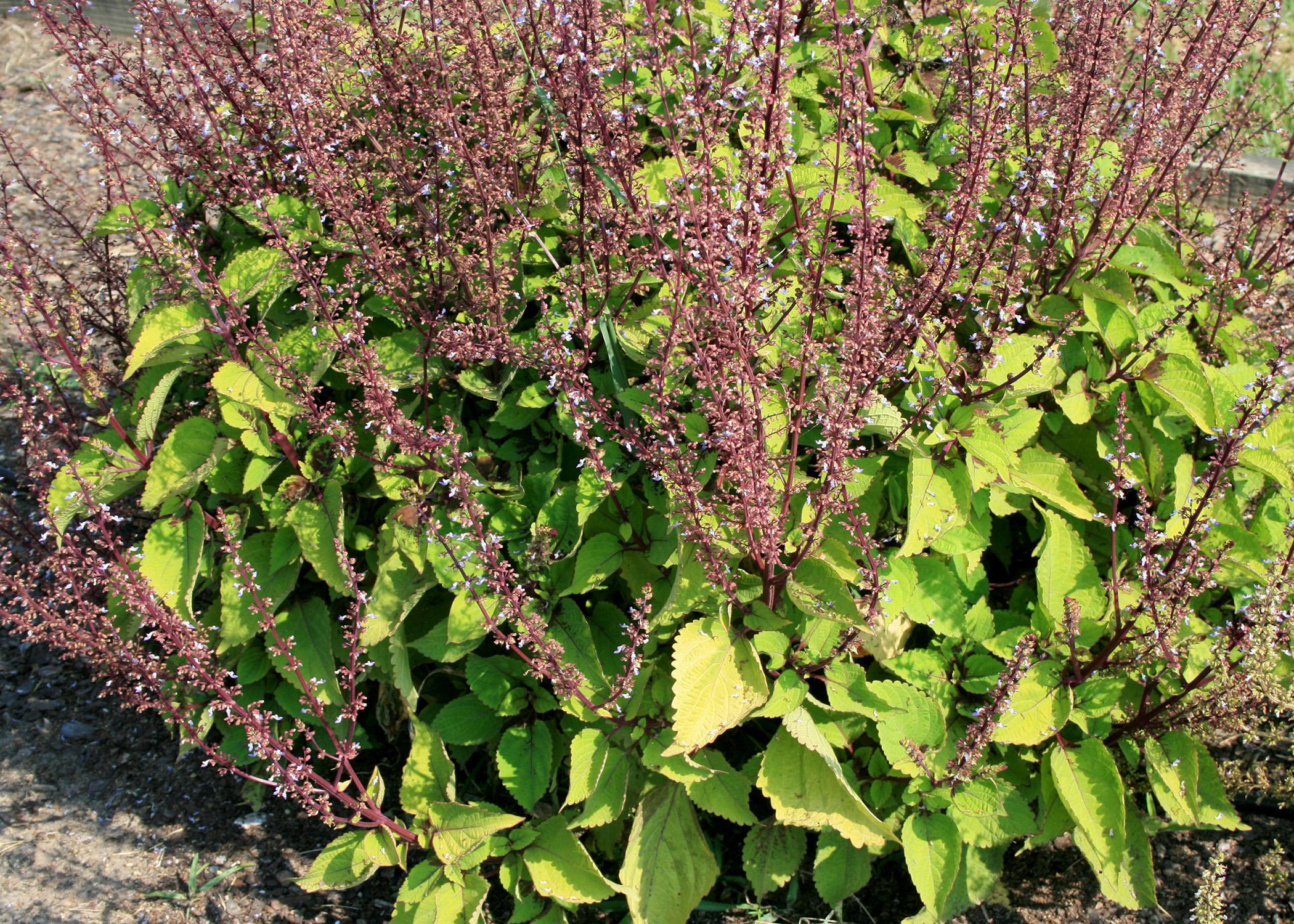Information Possibly Outdated
The information presented on this page was originally released on June 29, 2015. It may not be outdated, but please search our site for more current information. If you plan to quote or reference this information in a publication, please check with the Extension specialist or author before proceeding.
Grateful flowers bloom after deadheading done
I’m like most home gardeners when it comes to working in and maintaining my garden and landscape. My philosophy to garden chores can be summed up by the catchphrase of a friend of mine who is a home improvement expert: “I’m all about easy.”
This philosophy is especially true during the heat and humidity of the summer.
But despite my desire to do things the easy way, there are important summer garden activities required to keep some flowering plants looking good. Deadheading is one of these maintenance chores that often gets overlooked.
True Deadheads will put on headphones and listen to a little “Scarlet Begonias” while getting to work in the garden creating some “American Beauty” of their own.
I find most gardeners are familiar with the term deadheading, but some don’t know what exactly it refers to. A classic explanation comes from the Royal Horticulture Society (it sounds better when read using a British accent): “Deadheading is the term used for the removal of flowers from plants when they are fading or dead. It is done to keep plants looking attractive and encourage more blooms, whether in beds and border, containers or hanging baskets.”
When speaking to groups about garden and landscape maintenance, I always add a few extra points. Deadheading extends the bloom period, maintains the health of garden plants and removes the seed source of beautiful flowering plants that have the potential of becoming a weedy mess for years to come.
At this point, I want to extend a big thank you to plant breeders for introducing plants that are self-cleaning, which means they will keep flowering without any deadheading required. Can you imagine having to deadhead calibrachoa, a gorgeous flowering favorite that produces so many flowers it is also known by the common name “million bells”?
Deadheading many flowering summer plants, both annuals and perennials, encourages the plants to restart their bloom cycle. This makes sense when you consider that plants don’t flower for our gardening pleasure. The normal life cycle of plants has the primary goal of producing seed for the continuation of the species. If we interrupt the production of the next generation, the plants will try again to complete their genetic programming.
Flowering plants are capable of producing a large seed bank of hundreds or even thousands of seeds each year. Deadheading these species before the seed are produced alleviates the problems of unwanted seedling germination.
Deadheading is also needed for plants grown for their foliage, like Coleus. Removing the nonshowy flowers allows the colorful foliage to be the focus.
For plants with single flowers, such as Coreopsis or Echinacea, just remove the flower stalk. You can increase bloom size by removing side flower buds from lateral growth so more energy is sent to the main flower. This step also reduces any seed production pressure later in the season or next year.
Depending on which technique you prefer, clip or pinch to remove spent flowers and developing seed heads. The flower show for the rest of the summer and into the fall will be worth the effort.









